The Burial
Banga
Banga is Pilate's dog. To him he could freely complain about the hemicrania which tortured him. Banga loved and respected his boss as the most powerful man in the world, the ruler of all men, thanks to whom the dog considered himself a privileged, lofty and special being. He wanted to comfort his master and face the misery together with him. So he stayed with him for 2.000 years, and rush along down the path of moonlight with him later.
The nickname of Bulgakov's second wife Lyubov Yevgenyevna Belozerskaya (1895-1987) was Lyubanga. She was the one who brought animals into the writer's life. In 1928 Bulgakov made a drawing which he had dedicated to Lyubanga - on the top is written to Banga. it shows their домовой [domovoy] or house spirit which they had called Rogash, who runs off with a 5 carat ring.
In 2012, the American rock legend Patti Smith released the CD Banga, with the eponymous song inspired by Pilate's dog. Here you can see her playing the song in an accoustic version with guitarist Lenny Kaye.
In the Adaptations section of this website, you can watch an interview with Patti Smith in which she explains why people should read The Master and Margarita by clicking the arrow below.
Niza
Just like Margarita, Niza slips out when her husband does not notice to meet her lover. But, unlike Margarita, she will not support him. Niza is portrayed in a a shroud of mystery. Is she a double agent? She presumably is. She is, for sure, Judas' mistress, and maybe Aphranius' mistress as well. Anyway, it was not just for the money that Judas was prepared to help to frame Yeshua.
If someone's not recognized, it's a sign he'll get rich
«кого не узнают, станет богатым» or «if someone's not recognized, it's a sign he'll get rich» is not a Greek, Hebrew nor Aramaic expression, but a Russian saying.
The Olive estate in Gethsemane
Gethsemane means olive press in Aramaic. Bulgakov probably found this name in The Life of Christ by Frederic Farrar (1831-1903), who wrote: «The name Gethsemane means 'the oil-press', and doubtless it was so called from a press to crush the olives yielded by the countless trees from which the hill derives its designation».
The Gethsemane garden is located to the East of the city of Jerusalem, across the Kedron valley, at the foot of the Mount of Olives.
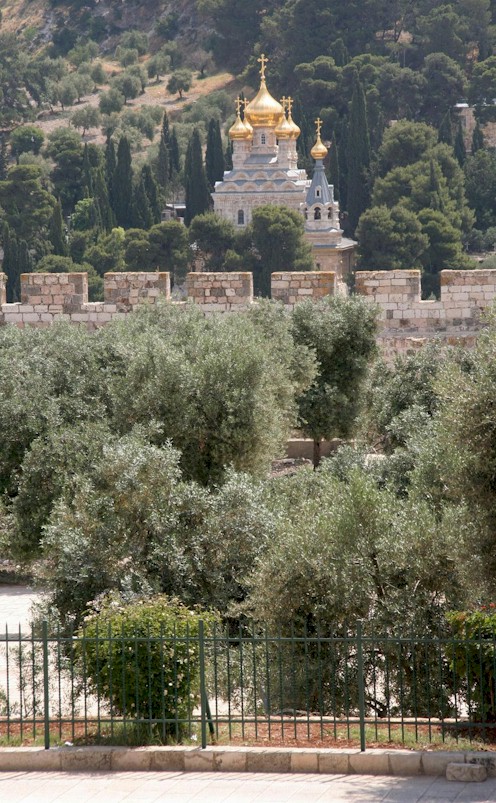
The Mount of Olives with the Olive estate
Thirty tetradrachmas
In Bulgakov's version, Judas gets paid more than the thirty pieces of silver which were paid to the biblical Judas for betraying Jesus. Bulgakov writes about thirty tetradrachmas. The tetradrachma was the currency in the city state of Athens, it was a silver coin worth four drachmas. Because of its stability, the tetradrachma is often colled «the dollar of ancient times». The tetradrachma was not suitable to pay for daily purchases. Those were paid wit oboloi. One tetradrachma was worth 24 obeloi.
In the bible, Judas returns the money to the high priest himself. In The Master and Margarita, his murderers do it, but the blood on the bag is the blood of Judas of Kiriath.
A more detailed description of Judas from Kiriath can be found in the Characters section of this website by clicking the arrow below.
Now we shall always be together
Some sources mention that Bulgakov would have taken this idea of Jesus and Pilate «who would always be together» from the so-called Gospel of Nicodemus. This apocriyphal Gospel is also called The Acts of Pilate because it focusses on Jesus' passion, and it certainly was a source of inspiration to Bulgakov, but I could not find this phrase in it.
The closest to it is the phrase from Nicodemus VIII (XXIV) 1 - «And forthwith all the saints were gathered in one under the hand of the Lord».
The complete text of the Gospel of Nicodemusis available for download in the Archives section of this website. by clicking the arrow below.
The killing of Judas
The murder scene in Gethsemane is similar to what happened in the Russian novella Gethsemane, written by Alexander Mitrofanovich Fyedorov (1868-1949), and published in the magazine Novoe slovo in 1910. Bulgakov would have found the scene in the moonlight in it. Fyedorov shows, just like Bulgakov, the irony of the traitor being betrayed himself.
The soldiers on guard sat on stone benches playing dice
In the Bible the soldiers play dice for Jesus' clothes after the crucifixion. Matthew 27:35 - «And having crucified him, they divided his garments, casting a lot, that it might be fulfilled that was spoken by the prophet: they divided my garments to themselves, and over my vesture they cast a lot». Mark 15:24 - «And having crucified him, they were dividing his garments, casting a lot upon them, what each may take».
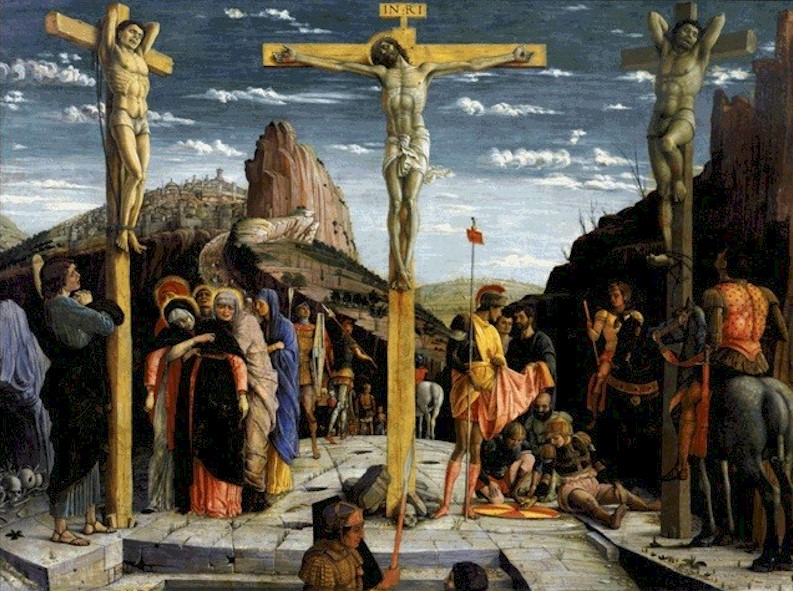
The soldiers on guard playing dice
The son of an astrologer-king and a miller's daughter, the beautiful Pila
Bulgakov calls Pilate «the son of an astrologer-king and a miller's daughter, the beautiful Pila». There are no historical sources to justify this, but the French Bulgakov expert Marianne Gourg wrote in her comments to Claude Ligny's translation of Le maître et Marguerite in 1995 that Bulgakov could have found this detail in the Latin poem De vita Pilati or About the Life of Pilate by the 12th-century poet Petrus Pictor or Peter the Painter from Sint-Omaars (Saint-Omer) in French Flanders. This poem existed in Russian translation. It consists of 369 rhyming couplets on the various legends concerning Pontius Pilate. One of those legends which was told in the region of Mainz in Germany was about Pilate's ancestry. This legend is about the astrologist Ata and the miller's daughter Pila, and is mentioned in Pontius Pilatus, der fünfte Prokurator von Judäa und Richter Jesu von Nasareth or Pontius Pilate, the fifth procurator of Judea and Judge of Jesus of Nazareth, written by Gustav Adolf Müller (1866-1928), and published in Stuttgart in 1888.
Pilate's name would thus come from Pila, his mother's name. Pila would come from pilum, meaning spear.
the En-Sarid beggar
In chapter 2, Yeshua told Pilate that he was from Gamala. Bulgakov has often changed the place of residence of Yeshua in the different versions of The Master and Margarita. In three earlier versions, Yeshua came from En-Nazira, the Arabic name of Nazareth. In the second to last version it became En-Sarid, which would be a variant of the name of Nazareth. Bulgakov only introduced the name Gamala in chapter 2 in the final version, but apparently he has not found the time to look at it thoroughly anymore, because here in chapter 26 the beggar is still from En-Sarid
Valerius Gratus
Valerius Gratus was Pilate' predecessor, he was Roman procurator from 15 to 25. He was the first prefect over Judea assigned by the emperor Tiberius (42 BC-35). It was him who had appointed Joseph Kaifa high priest. And Kaifa remained high priest for the rest of Gratus' administration and his successor Pontius Pilate.
Might he not have killed himself?
This idea summarizes the irony of the entire conversation, because both men know very well that it's impossible. But in their cunning way of talking they pretend it being a mystery. The main purpose of their conversation is to make up a «script» which has to wipe away the traces of their conspiracy. This was also the way by which, in the Soviet Union, stories were made up to explain «disappearances».
According to the bible, Judas killed himself after having returned the thirty pieces of silver. Matthew 27:5 - «And he cast down the pieces of silver in the temple, and departed, and went and hanged himself» .
One of the bodies was not found on the hilltop
The rumour of the theft of Jesus' body is mentioned in Matthew 28:13-15 - «You are to say, 'His disciples came by night and stole him while we were asleep'. And if this gets to the ears of the governor, we will satisfy (him) and keep you out of trouble. The soldiers took the money and did as they were instructed. And this story has circulated among the Jews to the present (day)».
Tolmai
Tolmai is a name which appears in Hérodias written by Gustave Flaubert (1821-1880). This work dates from 1877 and there is a man in it with this name, from the environment of tetrarch Herod Antipas (20 BC-39). In the 1929 version of The Master and Margarita, Aphranius was still called Tolmai. The name also appears in in The Life of Christ written by Frederic Farrar (1831-1903).
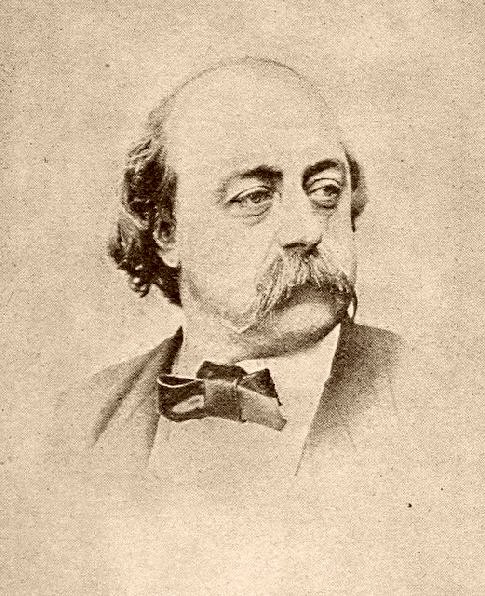
Gustave Flaubert
The complete text of The Life of Christis available for download in the Archives section of this website. by clicking the arrow below.
a seal ring
In 1969, the Israeli archeology professor Gideon Foerster (°1935) found a Roman ring during excavations in Herodium, the palace complex of Herod the Great (?75 BC-04). Almost 50 years later, on November 29, 2018, the Israeli newspaper הארץ [Haaretz] or The Land reported that it could be a ring of Pontius Pilate.
When the ring was excavated, archaeologists could not see that there was an inscription on it. This became visible only in 2018 when a technique was used that is known as Reflectance Transformation Imaging (RTI). This is how they discovered the Greek word Πιλάτο [Pilato] or «from Pilate» on the ring.
The archaeologists doubt whether it is really a ring from Pilate. He is not of gold or silver, but of simple metal. But, since the body of Pontius Pilate was never found, some Christian circles now suggest the possibility that Pilate lost the ring when he was «washing his hands in innocence».
Mikhail Bulgakov obviously did not know about the existence of the ring when he wrote The Master and Margarita. But it is remarkable that film director Vladimir Bortko (°1946), in episode 9 of his television series Master i Margarita from 2005, inserted a short scene which is not described in the novel. In this episode we see how Aphranius, after his last meeting with Pontius Pilate, throws the gift offered by Pilate with some contempt in the gutter when leaving the palace of Herod, near the place where the ring was found in 1969.
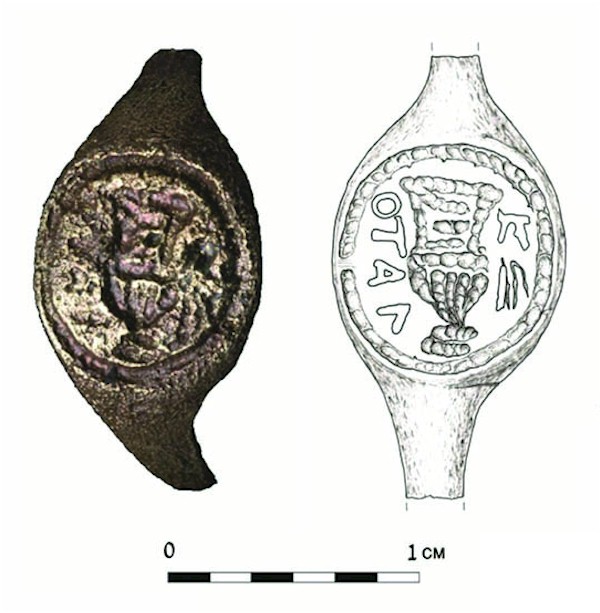
The ring found in Herodium
Yesterday we ate sweet spring baccuroth
Sweet spring баккуроты [baccuroty] is the Armaic name for fresh figs which were typically on the menu on the Passover supper.
Bulgakov made annotations in his notebooks based on The Life of Christ by Frederic Farrar (1831-1903). He had also made annotations based on the diary of Konstantin Aleksandrovich Uspensky (1804-1885), known as Bishop Porphyrius Uspensky. The latter was a famous Russian biblical archeologist who discovered the Codex Sinaiticus of the bible, a manuscript version of the Greek bible which he offered to the czar. In his diary, Uspenskii had noted that sweet figs are fully ripe in the second half of April, the period thus in which the Pilate scenes are situated.
The pure river of the water of life
The expression «the pure river of the water of life» is much similar to Revelation 22:1 - «Then the angel showed me the river of the water of life, as clear as crystal, flowing from the throne of God and of the Lamb».
The fifth procurator of Judea, Pontius Pilate
In Chapter 13, the master already said to Ivan that his novel would end with the words: «The fifth procurator of Judea, Pontius Pilate», and so it happened.

All films based on The Master and Margarita have been subtitled by your webmaster in English, French, Dutch, German, Spanish and Italian. Click on the images below to find them.
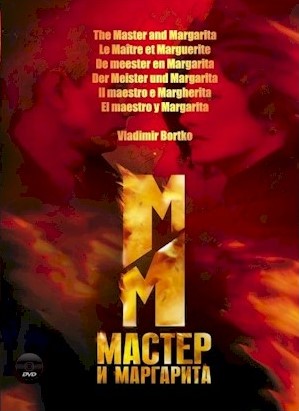 |
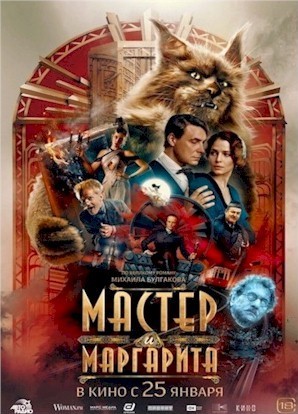 |
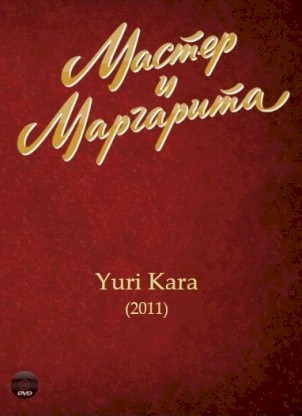 |
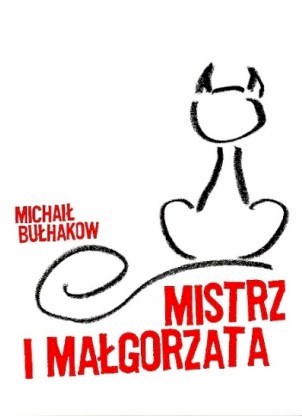 |
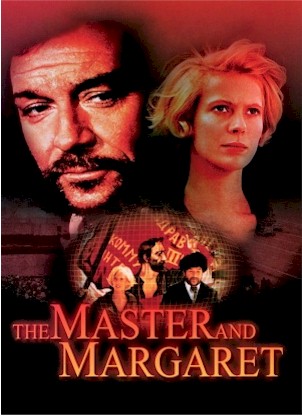 |
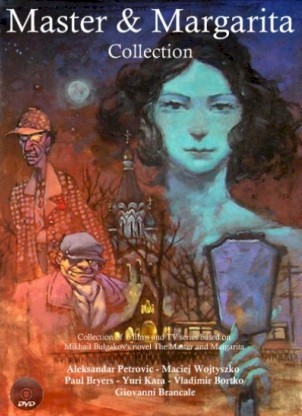 |






